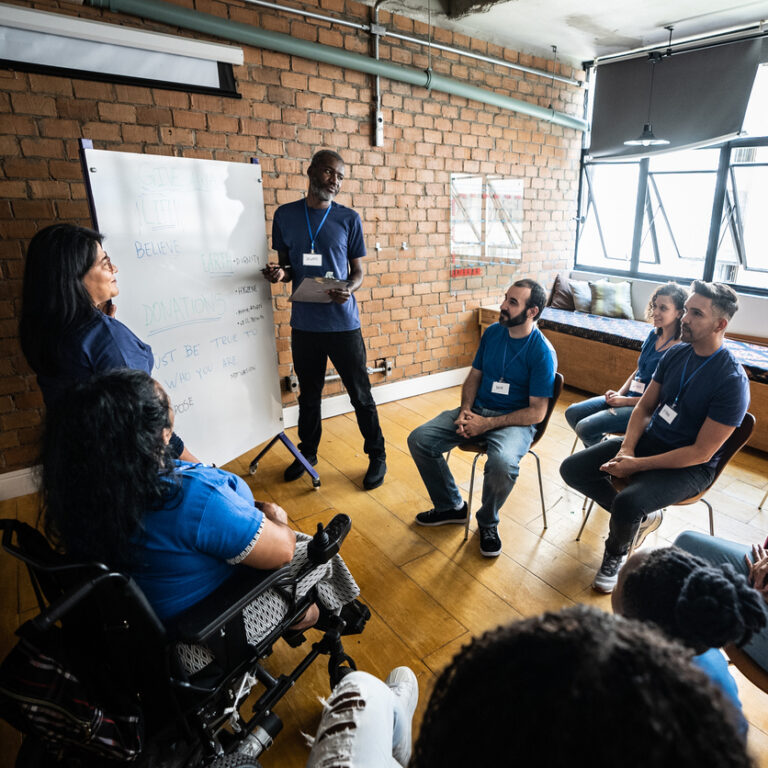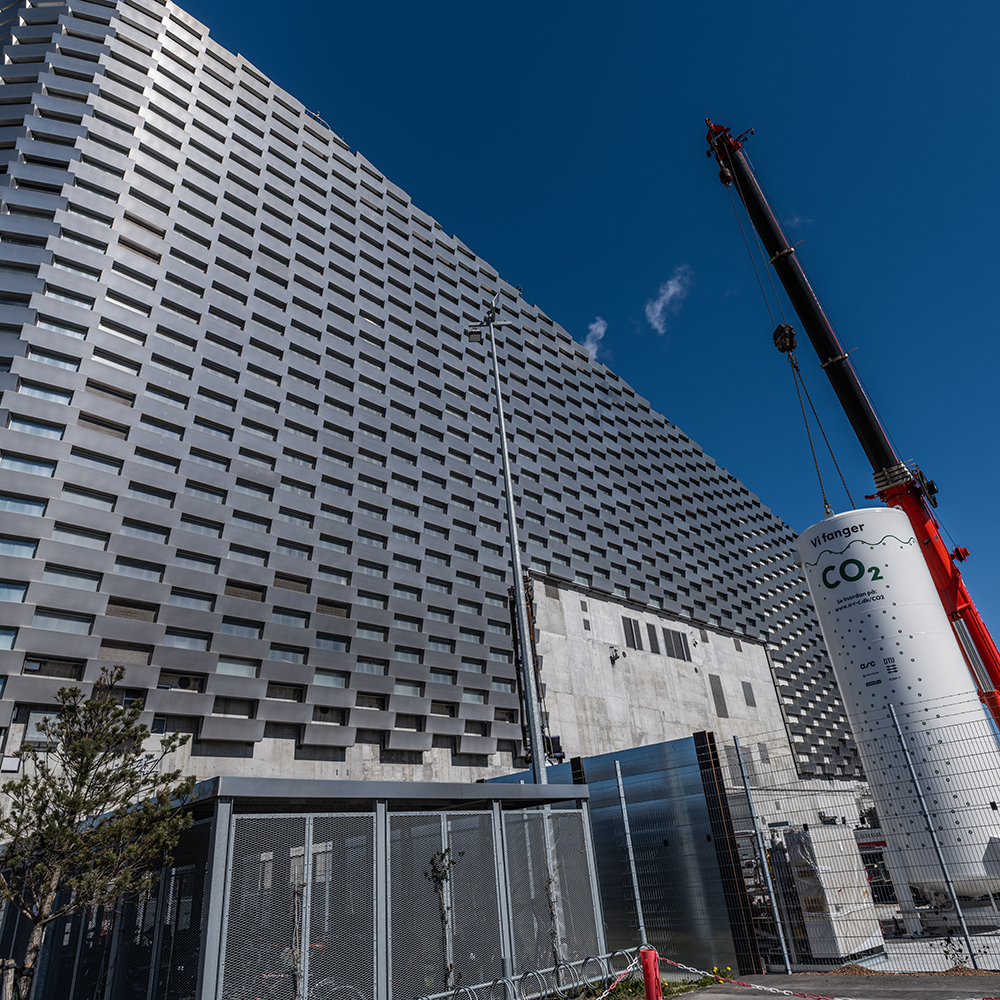As the country strives to reach net-zero carbon emissions by 2050, it‘s increasingly crucial to advance opportunities for community-centered engagement and fact-based dialogue around carbon management.
The tools provided here will aid communities, developers, decision makers, and all those with a stake in carbon management by advancing:
- Stakeholder engagement around,
- Collective education about,
- Effective communication of, and
- Successful deployment of carbon management technology across the United States.
Developed by the Carbon Action Alliance, an initiative of the Great Plains Institute, with input from community leaders and carbon management experts, the toolkit provides accessible resources for all stakeholders.

Topic Areas
- Identifying Carbon Management Stakeholders
- How to Educate about Carbon Management
- How to Communicate about Carbon Management
- Communities and Carbon Management
Audience
- Community leaders
- Project developers
- Carbon management experts
- Environmental justice advocates
- Decision makers
The Context
Climate change is simultaneously the largest threat humans have ever faced, and the biggest opportunity for innovation and reinvention since the Industrial Revolution. The responsibility of transforming our energy system and meeting climate goals falls to all of us, and it demands an unprecedented level of collaboration and engagement. We have the technology, ingenuity, and knowledge to prevent global temperatures from rising by 1.5 degrees Celsius. Now, we need the social and political will.
Read More
The Carbon Management Civic Toolkit empowers community actors to make meaningful progress on limiting the effects of climate change while protecting jobs, health, and well-being in their community. This work requires technical expertise and buy-in across several stakeholder groups. The Civic Toolkit offers tools to leverage federal investments and help get projects off the ground. Specifically, it focuses on carbon management, including carbon capture, transport, reuse, storage, and removal.
Of the many interventions necessary to decarbonize our economy—renewables, electric mobility solutions, clean industry, and more—carbon management plays a pivotal role. Carbon management technologies fall into two categories: land-based and engineering solutions. Planting trees and improving soil quality are land-based opportunities to capture carbon dioxide (CO2) from the atmosphere. Engineering solutions include direct air capture, which uses a chemical solution to capture CO2 from ambient air, and point-source carbon capture equipment retrofitted onto industrial emitters, where CO2 and other greenhouse gases are captured before they enter the atmosphere. Once CO2 is captured in engineering processes, it can either be stored safely and permanently underground or reused to make beneficial products, ranging from ethanol to athletic shorts.
The passage of federal policies such as the Inflation Reduction Act and Bipartisan Infrastructure Law have made significant funding available to ensure carbon management projects can happen swiftly with financial benefit to project developers, municipalities, and communities.
There’s broad scientific consensus behind the need for carbon management. Cutting emissions from polluting industries is crucial, but fossil fuel industries will not disappear overnight. Carbon management technologies mitigate their environmental harm, improve air quality, and create opportunities for new economic development through CO2 reuse. Even if all emissions stopped tomorrow, we still need to remove gigatons of CO2 that have been pumped into the atmosphere for centuries to restore planetary health. It’s crucial that the implementation of these projects happens collaboratively with an all-of-society approach and in step with principles of environmental justice.

Section 1
Identifying Carbon Management Stakeholders
Knowing your audience is the first step to launching any successful engagement effort. This section outlines strategies to identify stakeholders to engage in outreach around carbon management.
Click the button below to dive deeper into this part of the toolkit.


Section 2
How to Educate about Carbon Management
Everyone should be able to access clear, understandable, and fact-based information about carbon management. This section provides a set of educational resources reviewed by industry experts that give a concise overview of key aspects of the carbon management process.
Click the button below to access these resources.


Section 3
How to Communicate about Carbon Management
Effectively communicating about carbon management requires sharing the positive opportunities that exist with the technology, acknowledging the past harms of environmental injustice that communities have experienced, and thoughtfully addressing the concerns some may have about the technology.
Click the button below for ideas and resources to best communicate about carbon management.


Section 4
Communities and Carbon Management
In addition to stakeholders, successful deployment of carbon management technology requires support from surrounding communities. This section provides guidance to help incorporate the resources from the sections one through three into a community-centered and environmental-justice minded plan to improve opportunities for carbon management projects to succeed.
Click the button below to access these resources.

